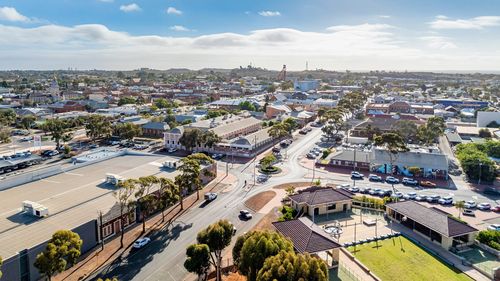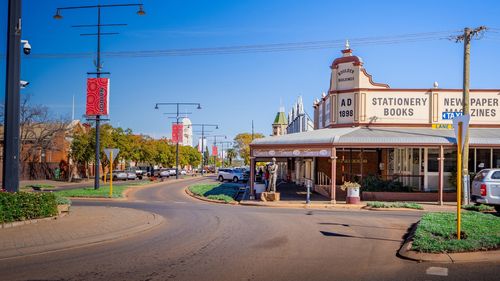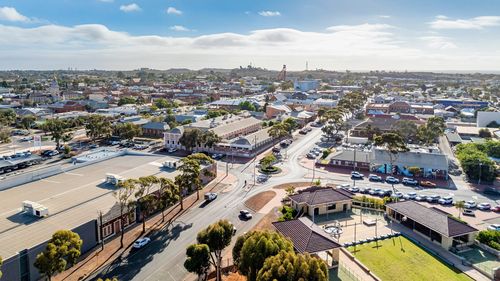Share this @internewscast.com
Residents of Kalgoorlie-Boulder have had to deal with a persistent odor since 2023, leading the council to hire OPAM consulting director Philippe Najean to identify its source.
His report earlier this year revealed several sources of the odour near each other south of Boulder, including the city’s wastewater treatment plant.

The council had previously denied the notion that the smell was permeating from the wastewater plant.
Based on the findings, the council has taken various steps to lessen the odor’s impact on the community, such as managing the facility’s lagoons.
Now that the country is well into winter, the council is adding lime into the lagoons to stabilise the pH levels and reduce odour. 
“Lower temperatures and reduced sunlight can cause the pH to drop, increasing the risk of odour being released into the surrounding environment,” stated City of Kalgoorlie-Boulder chief executive Andrew Brien.
“Lime is administered to the primary lagoons as needed, based on the city’s proactive daily monitoring of pH levels.
“When levels fall outside the optimal range, lime is added to rebalance the system and mitigate odour emissions.”

Brien said there has been a noticeable improvement this winter, compared to last year.
“pH levels have remained more consistent and within acceptable parameters, reducing the frequency of lime dosing required and supporting more effective odour control,” he said. 
The council has also been experimenting with mechanical aeration in the lagoons to improve oxygen levels and will replace its decades-old Intermittent Decanted Extended Aeration plant with a new one.
These measures are hoped to add to the reduction of odour emissions. 
Nearby industries and businesses also identified as sources of the odour have been given relevant pages of Najean’s report to work on their own solutions to the problem.
Najean has been in the odour industry for almost 24 years and has his nose calibrated every six to 12 months at an olfactometry laboratory.
”My main equipment is my nose because that’s the best equipment you have to measure odours,” he told 9news.com.au last year.














